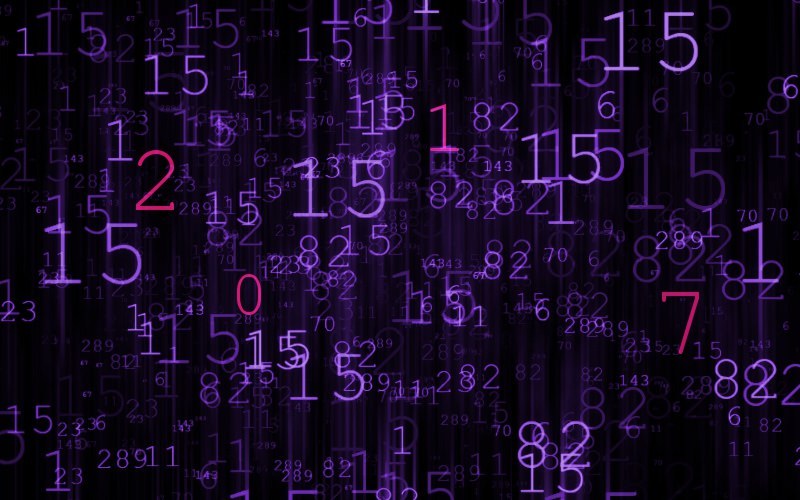2017 is not just a prime number ...

Goodbye, 2016 year. Hello, 2017 year.
We all know that the number of 2017 is simple (it's Hiktames, isn’t it). But it is much more than just a prime number.
The number 2017 · π (pi), rounded to the nearest integer, is simple.
The number 2017 · e, rounded to the nearest integer - is simple.
The sum of all odd primes up to 2017 inclusive is a prime number; those. the number 3 + 5 + 7 + 11 + ... + 2017 is simple.
The sum of cubes of "intervals" between primes up to 2017 inclusive is a prime number. That is, the number (3-2) ³ + (5-3) ³ + (7-5) ³ + (11-7) ³ + ... + (2017-2011) ³ is simple.
The prime number before 2017 is 2017+ (2-0-1-7), which makes it "sexy" simple, and the next prime number after 2017 is 2017+ (2 + 0 + 1 + 7). Well, in addition, the number 2017 itself is 2017+ (2 · 0 · 1 · 7). ( "Sexy" prime numbers are those that differ from neighboring prime numbers by 6, for example, 2011 and 2017. - Approx. Transl.)
Insert 7 between any numbers of 2017, and again get a simple one, that is, the numbers 27017, 20717, 20177 are all simple.
Since all the digits of the number 2017 are less than 8, it can be considered as an octal number. And as an omeric number, it is simple again.
2017 can be written as the sum of cubes of three prime numbers, that is, p³ + q³ + r³ for some prime p, q, r.
2017 can be written as the sum of cubes of five different integers.
2017 can be written as x² + y², x² + 2y², x² + 3y², x² + 4y² x² + 6y², x² + 7y², x² + 8y² and x² + 9y² (for positive x and y)
The number 20170123456789 is also simple.
The 2017th prime number is 17539 and the number 201717539 is also simple.
Let p = 2017, then (p + 1) / 2 and (p + 2) / 3 are both simple.
If the cube root of 2017 is written as a decimal fraction, then the first ten digits will be all digits from 0 to 9. 2017 is the smallest integer that has this property.
- 2017 is 2¹¹ minus the 11th idle.
You can find a lot of interesting facts about your favorite numbers in the OEIS (Online Encyclopedia of Integral Sequences) database.
For those who want to check these facts (and maybe even discover new ones), here they are all in the SageMath cloud-based mathematical notebook (from William Stein).
')
Source: https://habr.com/ru/post/400371/
All Articles